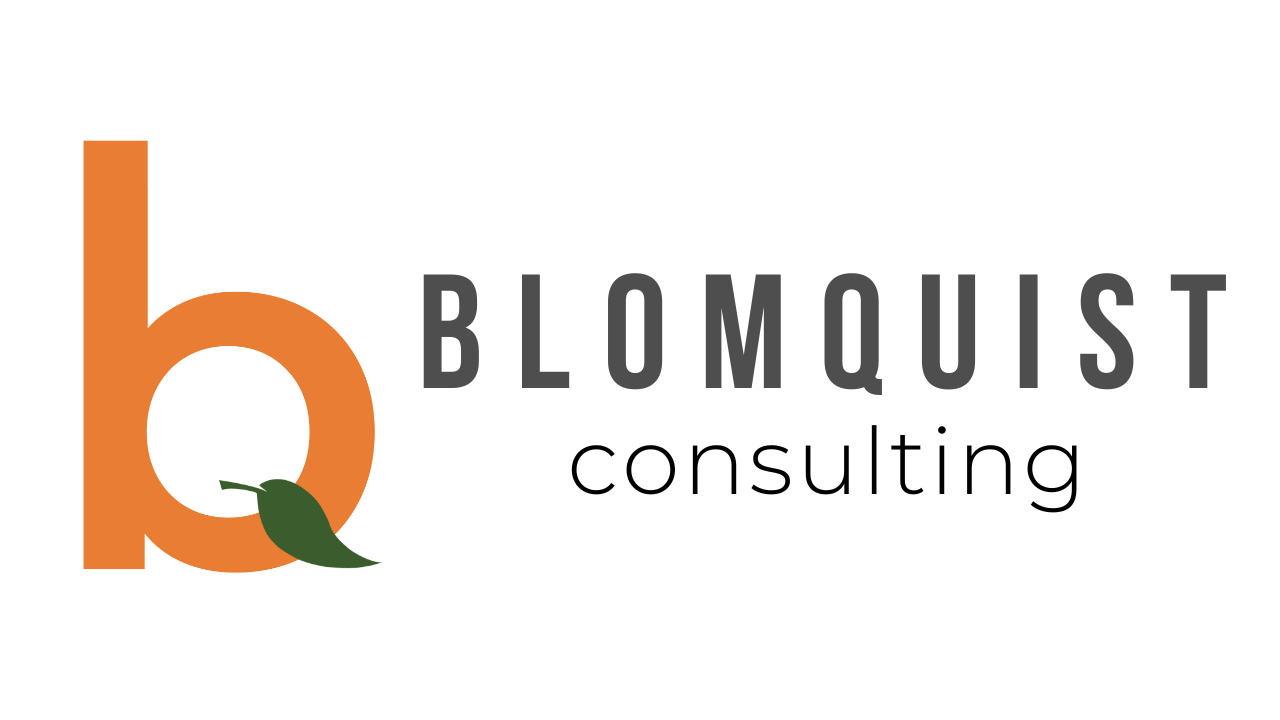Create Effective Engagement Initiatives
Workforce disengagement is detrimental to organizational success. When employees are unengaged with their work, productivity falls, quality suffers, and turnover increases, leading to problems delivering on customer commitments and revenue goals. Engaged employees are the engine that drives your business forward and provides your customers with an optimal experience, ultimately delivering on revenue goals.
The term “employee engagement” refers to the psychological commitment every person feels to their work. Executives, managers, and entry-level employees all experience varying degrees of engagement. Our engagement is influenced by workplace relationships, cultural environments, and daily events. Like all mental states, engagement fluctuates.
The Cost of Disengagement
In today’s economic environment, engagement has never been more critical. For employers looking to reduce costs without compromising future growth, enabling committed, attentive work is an effective way to increase productivity without large monetary investments. A study in a recent Forbes Magazine article found that only 12% of leaders have full confidence that their team in productive. The article’s title contains a well-known workplace cliché, “10 Tips To Accomplish More With Less in 2023.” The directive to accomplish more with less is a dreadful proposition to any employee. The Forbes article goes on to offer ten productivity anecdotes as a tactical resolution. In this blog post, we illustrate the strategy of employee engagement as a robust solution to productivity concerns.
A new research report by Gallup has revealed employee engagement is at a nine year low among US employees. The elusive, yet imposing costs of disengaged employees on companies isn’t going anywhere. Every disengaged employee costs their organization 34% of their annual salary. Disengaged employees have 37% higher absenteeism, 18% lower productivity, and 15% lower profitability. These effects can quickly spread to other employees and weigh down culture without comprehensive engagement initiatives in place.
Developing Successful Engagement Strategies
The first step to developing a successful engagement strategy is acknowledging that disengagement is likely present. Considering engagement is a mental state that fluctuates, it would be safe to say that even your most loyal employees can experience disengagement.
Second, keep in mind that no organization can achieve 100% engagement at all times. The goal of an engagement initiative is to prevent turnover caused by disengagement and encourage high-quality, highly productive time spent on one’s work. Similar to retention, an extensive engagement effort is an indicator of poor workforce planning and unaligned talent acquisition processes.
Critical Core Functions of Engagement Initiatives
There are five critical core functions of an engagement initiative. They are aligning corporate strategy to employee activities, surveys, recognition programs, learning opportunities and continuing education, and alignment with cultural identity. Now let’s dive into how to apply each of these responsibly and well.
Aligning Corporate Strategy to Employee Activities
There are three key components to corporate strategy that must be regularly communicated to all staff: 1) Defined Values and Culture, 2) Revenue and Finance Goals (EBITA, Gross Margin, etc), and 3) Any Significant Change.
The most engaged employees understand how their daily activities drive success for their organization. When companies fail to communicate the organizations’ short/long-term goals and metrics, employees become alienated from the very purpose of their role. Companies develop a highly engaged workforce by establishing regular opportunities to consistently communicate corporate strategy. These opportunities include all-hands meetings, leadership briefings to cascade initiatives down to managers for smaller team messaging, performance discussions, team off-site events, and more. These communication efforts remind employees of the significance and value of their work.
Engagement Surveys
Surveys are a great way to gather insights into the current condition of your employees’ mental state. A well-crafted survey will provide managers with an understanding of employees’ day-to-day psychological position and reveal factors that could be causing disengagement.
When employees can submit surveys anonymously, it serves as a channel for honest feedback. The anonymity allows uninspired or frustrated employees to respond openly. It provides the organization with data needed to solve problems inhibiting growth. By creating a system for honest communication, you’ll be supporting a happy, committed workplace culture.
Recognition Programs
Recognition programs have long been thought of as one of the most effective ways to manage employee engagement. But recognition goes beyond offering competitive salaries and bonuses. Being paid for your work is one thing, but being acknowledged for your contributions to a larger effort is another.
Understanding what motivates your employees is critical for developing successful recognition programs. Your sales reps are likely motivated by different factors than your operations department or marketing team. By offering recognition that goes beyond a paycheck and appeals to the individuals’ desires, employees are driven and committed to reaching their objective targets.
Learning Opportunities and Continuing Education
When employees feel they are appropriately challenged and have opportunities to grow as an individual, their commitment to their organization strengthens. Offering continuing education signals that the company is committed to the individual’s long-term well-being. In return, staff will commit to the organization’s long-term success.
Providing employees with opportunities to gain new skills supports a cultural theme of innovation and encourages creative problem-solving. Engaged employees are the highest contributors to developing effective solutions and maintaining competitive leverage. Create a system for continuous improvement for both the organization and its workforce by offering learning and development opportunities.
Aligning Cultural Identity
An organization’s cultural identity shapes all business functions, behaviors, and goals. It guides the talent acquisition process, shapes customer relationships, and awards the brand with personability. Wherever present, unalignment creates disengagement.
Engagement programs are no different. Just like any other activity of an organization, core company values must be the guideposts for designing these initiatives. Rely on your core values to determine what ideal engaged behavior looks like and create a roadmap or checklist of those elements. By aligning your core values with employee engagement programs, staff will resonate with the initiative and feel encouraged to positively contribute to their environment.
Developing Your Own Engagement Initiative
As you are developing your employee engagement program, keep these concepts in mind. Remember that no organization can achieve 100% engagement all the time, and everyone will experience fluctuation.
The goal of an engagement initiative is to prevent turnover and encourage high-quality, highly productive work. Offering opportunities to provide honest feedback, developing strategic recognition programs, providing personal growth opportunities, and coordinating efforts with core values are proven strategies for designing effective employee engagement programs. After you create effective engagement initiatives, you will prevent detrimental disengagement from plaguing culture and productivity.
How does your organization prevent the detrimental impact of disengagement? Let us know on LinkedIn!



